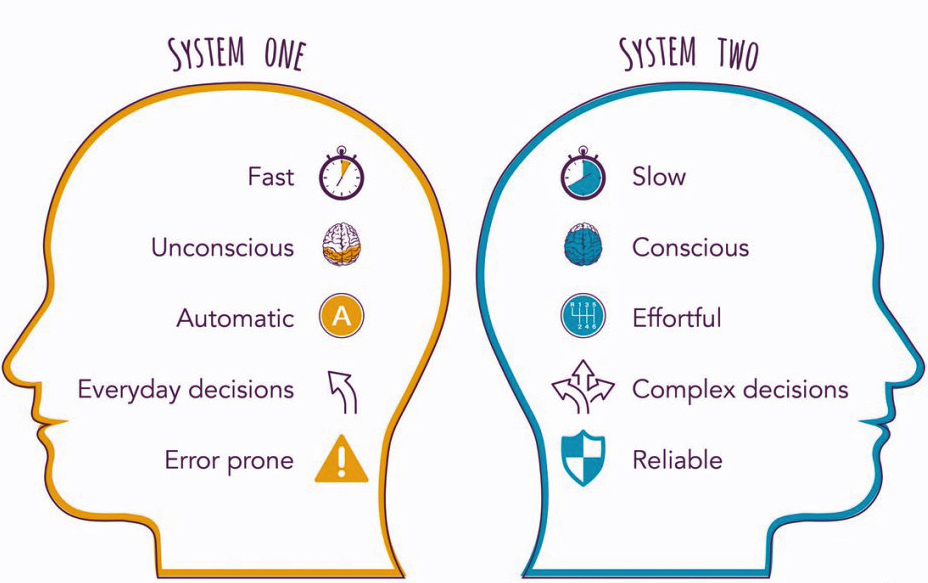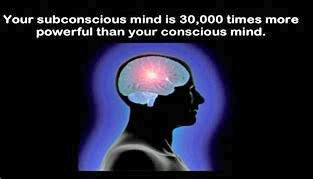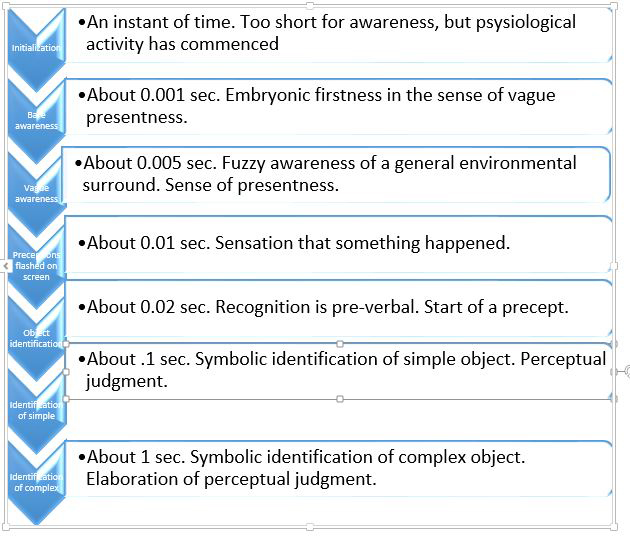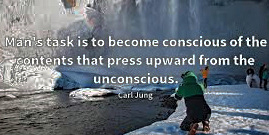High above the Mentor Line, ascending
This page informs about the latest developments-in-process for those interested in our ongoing research into hierarchical social behavior. As you know, we have regular access to the workforce of tall hierarchies we use as test beds for the latest in concepts concerning the hugely-significant and growing matters of social behavior, especially those issues of dysfunction aggressively ignored by those stationed below the mentor line (ML).
The level of aggression against knowledge development concerning hierarchical behavior is proportional to its significance to organizational operations. Since entitled consumers cannot cope with the rigors of reality, they become victims of the reality they deny, treading water until they die. Since you’re here by choice, your input on these topics is encouraged.
The higher we scramble above the ML, the more prominent the monster denials regarding cause of dysfunction below become. This guide to our choices of effort means the higher up we get, the higher the productivity with our Plan B implementations. Times to major milestones of the FLLP are now one-fifth less than they were in Plan B’s maiden voyage in 2013. All keystones profit from the cultural emancipation delivered by Plan B. They learn they had the power to save themselves the whole time.
Our work in this avoided field is also influenced by the stream of relevant documentation in sociology, psychology, endocrinology, control theory, and system think. The physical library accumulated in Plan B world over the many decades, has more than 25k books and three gigabytes of articles and papers. Both of these resources are available to the public. We have read them all. The first divestiture of the library is headed to the University of Missouri at Rolla, with an assessed value by the agent and IRS in excess of $30M. It attests to the value of organization and structure, entropy extraction, in a collection where access to any subject within it can be made in less than three minutes. There are seven more divestiture packages in process. Just like entropy extraction, the effort to archive a complicated collection takes as much time and cognitive effort as it took to collect it.
Knowledge doesn’t change anything, unless you do something with it.
The focus of our research is on the significant issues deliberately avoided by the masses below the ML. Turning the opacity of Plan A transparent, breaking silence, is a mother lode for navigation to the causes of social dysfunction. The avoidance of root causes fully explains the ridiculous situation of a self-paralyzed society endlessly trying to defy the 2nd Law. Since all consumers operate well below the mentor line, the “entitled” classification predicts everything about their social behavior. We eventually concluded that social man is a somnambulist.

Producers seek knowledge of the impact of social action in production. Consumers could care less. Since Plan B is a meritocratic social system, entitled consumers (Imposter Syndrome) are subconsciously hostile to it.
Once a goal has been chosen, we study the documentation and hatch a concept to audition in the FLLP. The big issues often include:
- Adult learning, because Plan B requires hyper-learning to succeed. Getting to Plan B is a pole vault, not a marathon.
- The platinum rule for the workforce, the workforce value system, the Rogerian Triad
- Trust building, maintaining
- Replacing an inappropriately-applied feedback control strategy with feedforward control
- Flipping the polarity: strategies for the have-nots to leverage their amazing power to reward the haves.
- Cause and effect knowledge

Recent search questions
- When left to their own devices, why do all tall hierarchies fail?
- Why do hierarchies repeat management practices known by all to fail?
- Why do hierarchies refuse to change for the better, learn from their failures? What is the consumer value system?
- Why do the oppressed producing classes support the hostile practices of the entitled classes?
- Ever wonder why heading a social system is not a profession, like MDs and engineers? Since Hippocrates (400 BCE), Doctors have had moral responsibility for their patients welfare. Since Hammurabi (1788 BCE), engineers have been legally responsible for the structural integrity of their constructions. CEOs, however, have never been responsible for mal-treatment of their producers. First legalized by Napoleon, they are not responsible for bringing bankruptcy.
- What higher values could explain the rejection of Plan A knowledge about cause and the Plan B fix, generation after generation? Those values are higher in value than survival of their own species.
- Employee turnover is a direct and infallible measure of the ideology in use. Why is the turnover problem aggressively ignored?
At this time, our development laser is focused on three matters known to be significant to the operational reality of the hierarchy. Typically, through field testing, the matters are resolved in less than two months and incorporated in the FLLP and its promotion. Then, it’s on to the next goal. Currently we are wrapping up work on the following.
- The use of trigger response timing to help characterize the context of relationships, as seen by the producers
- Fostering the role of humor in Plan B status signaling and trust
- Introducing feedforward control strategy principles to the vectors in the FLLP

The current focus of our Plan B effort is on cause/effect (C/E) knowledge. The more we examine and evaluate C/E, the more we learn about the scope and significance of the “problem.” Brace yourself, there will be a lot of discussion about the central role of C/E knowledge coming to the website. It is the essence of problem-solving, the essence of intelligence. So far, the focus has very high payoff. We grossly overestimated C/E knowledge in the general population. It wants single causes and single fixes. The position essentially prevents an effective system fix from being developed. The resources wasted on simple cause/remedy is more than enough to get a real solution to the dysfunctional system.
Testing the organization for its C/E knowledge is simple and quick. It turns out that your super-speedy subconscious mind is reading C/E knowledge as part of detecting GYAT in everyone you meet. The difference in C/E skill between producers and consumers is huge. Consumers, like birds of a feather that flock together, hold superior C/E knowledge as disloyalty to groupthink dogma. The same applies to economists, politicians, and weather forecasters. MIT bought-off Jay Forester by offering to put his name on a new building in exchange for abandoning his work on C/E. The Forester building attests to his choice.
Much to our surprise, our ascent above the mentor line continues. For years, each time we reached a new level, the temptation to call it “done” rang out. One recent leap was in demonstrating the invariant aversion to reality. It feeds on the innate need for a reality-controlling deity. Highly educated, intelligent people are more than willing to sacrifice reality to preserve their guardian of unreality. Another leap was that avoiding responsibility is part of the Establishment’s plan for social conditioning.
Class distinction is the moat, the walls, beyond which lie the vested authorities. Fail to keep them at bay, and everything burns. All the rest is commentary.
Current Views
The next time you find yourself in the midst of the national hysteria with sensible people losing their heads, with legislatures in panic and with the media buying it all and amplifying it with a kind of megaphone effect, remember this: that a people—even the most sensible people—can all lose their heads at once. The unprecedented explosion of communication technology brought into existence the deliberate manipulation of opinion and gaining consent to. There are many good reasons why we study the ways in which human beings form their opinions and the role that social conditions impose on their members. People submit uncritically and painlessly to external manipulation by suggestion or seeking prestige – enabling any given idea or value to be “sold” or “unsold” without reference to its merits. In explaining any puzzling activity of the hierarchy, always choose ignorance over conspiracy, incompetence over cunning.
The peddlers of persuasion have developed such techniques of sophistication and grown themselves into such large-scale enterprise that the fear mongers engage the talents and the creative passions of a substantial segment of the fields of sociology, psychology, economics, and the English language itself. They regard the worker-consumer as a manipulable object rather than as a human being with individual needs and aspirations; they address him in consequence with a cynicism that can only be described as shameless, and they exploit him culturally as ruthlessly as he was exploited economically a generation ago. The Establishment, aided by Silicon Valley, is now meshing the chains of cultural subordination with those of economic subordination. The worker is not simply lulled into forgetfulness of his daily idiot routine, working people are culturally robbed. It is the man on the bottom of the heap, the man who does the work of production, generating revenue, who has the least recourse against the flood of swill daily pumped through the cultural pipelines.
The producing class is not having its basic emotional wants and psychological needs satisfied. The worker is not simply fortified with fear, he is simultaneously pressured into permanently mortgaging himself by acquiring the objects manufactured by the sponsors of his daily ration of opiates. Since fear mongering can never rest, the holding down, the constant pressure not to work outwards and upwards, becomes a positive thing, becomes a new and stronger form of subjection. This works because the chains of cultural subordination are both easier to wear and harder to strike away than those of economic subordination. The Establishment techniques for the inducement of oblivion made Silicon Valley rich. He is defenseless against the unending barrage. Only the keystone can save him.
The more one thinks about all the various consequences of Plan A and its global ubiquity over generations, the more one leans towards embryonic causes. A change in the content and meaning of the response varies as a result of change in context. A primary focus is the blinding speed at which the subconscious mind goes through a choice cycle coupled with an autopilot execution of its choice. With no triage and gatekeeping between the subconscious-mind teleprompter and task execution, garbage in delivers garbage out (GIGO). The worst part of acting on garbage is that no self-correction is possible. Only the conscious mind can observe process failures and make remedial changes. The subconscious mind cannot engage because it still has the intellectual alibi it made up the first cycle.
This hypothesis is easy to test. Just observe the reaction time between a trigger event and when a response is initiated. Anything less than two seconds, is proof positive the plodding conscious mind was asleep at the switch. You can then safely assume the action going forward will be incoherent (Babbage).
Various sciences have independently measured the speed of choice cycles of the subconscious mind. No discipline work has measured a cycle time higher than a centisecond. We are still astonished that no science or discipline has ever followed up by asking what this speed means to social behavior. To control engineers this high speed of making choices means everything.
The fantastic technological and scientific advances of recent years do not merely call for an accompanying cultural advance, up to now unobservable among us; they will be positively insupportable without such an advance. The hierarchy needs a quantum leap in social intelligence and recognition of the individual human potential.
The awesome power of social pressure does not assure uncritical submission to it. Independence and the capacity to rise above group passion are also open to human beings. It is not possible to change a person’s judgment of a situation without first changing his knowledge or assumptions about it.

The most formative, most important influence on the individual is not government. It is civil society, those elements of the collectivity that lie outside government: family, neighborhood, church, Rotary club, PTA, the voluntary associations that Tocqueville understood to be the genius of America and the source of its energy and freedom. Social systems, because they’re ecological systems, once choices of action have been made, behave in predictable ways. Today, because the requisite computer power is cheap and ubiquitous, modular modeling software, like VisSim, can test drive static system designs. Accordingly, dynamic simulation of human social systems allows for test driving of choices of action. Starkermann started doing so on mainframes in the 1960s. Over the years since, millions of different configurations and action choices have been sent around the mathematical-physics proving ground without having to coerce a social system to be a Guinea pig. Besides, the dynamic simulator is taken to its implosion point to mark the end of the run.

Dynamic simulation test knowledge is how one can take the consequences delivered by a social system, determine the processes capable of delivering those consequences and then determine the choice-making value systems that could account for the choices (reverse engineering). What sets the value system used in choice making is your subconscious mind. Conscious mind processing is far too slow to prevent you from being a meal to a tiger.
The topmost principle is that the only thing a human can fully and consciously control is the effort he expends. That’s it. Knowing system dynamics is how you can chose processes (your efforts) that have a chance to produce desired results and reject those that have no chance to do so. Each path has its own voluminous history of failures and successes you can refer to. Negative processes like Plan A produce negative, lose-lose outcomes. Positive processes like Plan B can produce win-win outcomes. You can see Plan B in action for yourself.
Above the mentor line, these insights to the operational reality beg the question: why do human collectives knowingly and invariably execute processes certain to fail? Why does organized humanity refuse to employ processes certain to deliver prosperity to itself? Never proceed to engage a social system without knowing the answers to those questions because if you leave those critical issues things unattended, exactly what organizations do in business as usual, the path of least organizational resistance – you have fashioned a loser.
Centisecond choice process of the subconscious mind:
- Trigger event
- Garbage in (Babbage) computer power of subconscious becomes toxic
- Determine context from sensors
- Table lookup of viable options for context chosen
- Make up any missing information for deciding
- Choose task action from the options
- Compose intellectual alibi for choice
- Post GIGO on sub-con interface teleprompter, cycle complete
Class distinction is the moat, the walls, beyond which lie the vested authorities. Fail to keep them at bay, and everything burns.

Plan B
Context determines instincts dominant in Plan B:
- Workmanship, self-directing
- Square deal, no losers
- Positive reciprocity
- Benevolence, Platinum rule
- Safety
- Inalienable rights
- Curiosity, creativity
- Outcome responsibility (autonomy)
Measurable differences between A&B. Same roster, same apparatus, same organizational chart.
- Productivity
- Admin costs
- Losses, sunk costs
- Switch from negative reciprocity to positive reciprocity
- No zero sum
- No losers
- Competitive advantage (creativity)
- Franchise royalty income

Context
The whole of Plan B is not only greater than the sum of its parts, the nature of the whole fundamentally alters the parts. Social behavior has to be understood in context with reality or it will be misunderstood. No error in thinking about social intelligence is more serious. It is accommodating a lunatic, incoherent order of things to become an exploited victim of the fear-mongering mass-media panderers financed by the ruling class in saturation quantities. Fear is the only tool in its toolbox that works. They require a baitball to feed.
Social behavior is a subconscious-mind artifact using prewritten scripts locked and loaded for instant use. The repertoire of these scripts is provided in our invariant Stone Age genome. Context channels the span of choices preloaded into our subconscious mind. The subconscious determines the social context via its senses and selects among the options pre-assigned to that context, sending its choice to the subconscious-to-conscious interface teleprompter as an imperative.
If the context is wrongly evaluated or if the options in the table lookup for the context are not appropriate to the reality, bad choices are inevitable. In today’s reality the conscious mind must gatekeep the imperatives streaming to his teleprompter from an untrustworthy subconscious mind. If he lets the imperatives pass through to task action, he will be occupied thereafter in dealing with the consequences of his short-sightedness.
Humans easily form impressions of others despite complex conditions. It is an organized process:
- The characteristics are perceived in relation to other characteristics
- Central qualities are discovered, making a distinction between them and peripheral qualities
- Relations of harmony and contradiction are observed
The entitled consumer cannot survive a POSIWID exam. His reality is maintaining his entitlement by debating opinions. Use POSIWID every day for navigation. It safely reduces the complexities of social behavior so you can gatekeep your subconscious mind. POSIWID is always coherent and ground-truth trustworthy. The purpose of the system is what it does. Then, fed by evidence of results, the purpose of what it does becomes what it attains. It is reverse engineering POSIWID back to the primary cause. To begin:
- What did they promise?
- What action did they choose?
- What consequences did they produce?
With the evidence about choices and context, knowing what they did, the values that must have overruled all else rise up above the mist of complexity. Start with the totem pole of values in the invariant genome.
-
- Fear
- Class distinctions
- Zero sum
- OD-driven health
- Truth about leadership, drive, aggression
- Fixed responses to known cues.
- Social conditioning by genome

The role of humor in Plan B
Humor is a hallmark of Plan B. It starts with the practitioner who deliberately avoids disclosing his credentials and, instead, uses humorous self-deprecation as his calling card. The vectors in the FLLP are told upfront to judge the interventionist by two criterion.
- Does he know what he is talking about?
- Do the concepts being taught work?
In one-on-one with each vector, the interventionist keeps the focus on the keystone. He self-deprecates using his repertoire of mother-in-law stories throughout the FLLP. The keystone subconscious mind connects credential avoidance with the self-deprecation to remove any concerns about class distinctions. It works 100% of the time.
After the keystones have tested some Plan B concepts delivered by the FLLP to benefit in their own practice, their subconscious mind decides its time to induct the practitioner into their keystone fraternity. This honor is announced through kidding the interventionist in public. To the interventionist, it is positive reciprocity and the unmistakable signal that active participation in the FLLP will zoom into hyperlearning mode. When this kidding is done by the head shed, it’s a positive marker that executives are seeing the benefits in what they value.
The democratic use of humorous kidding heralds to one and all that members will be judged by performance and nothing else. The kidding spreads in all directions by subconscious autopilot. The only one who deliberately invokes humor at the start of the Plan B process is the interventionist. Thereafter everything spreads and grows by itself by performance. In Plan A, humor is conspicuous by its absence.
Views: 113


